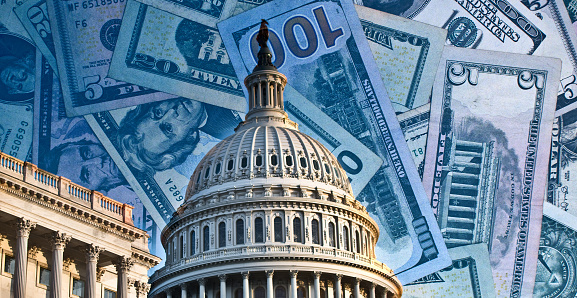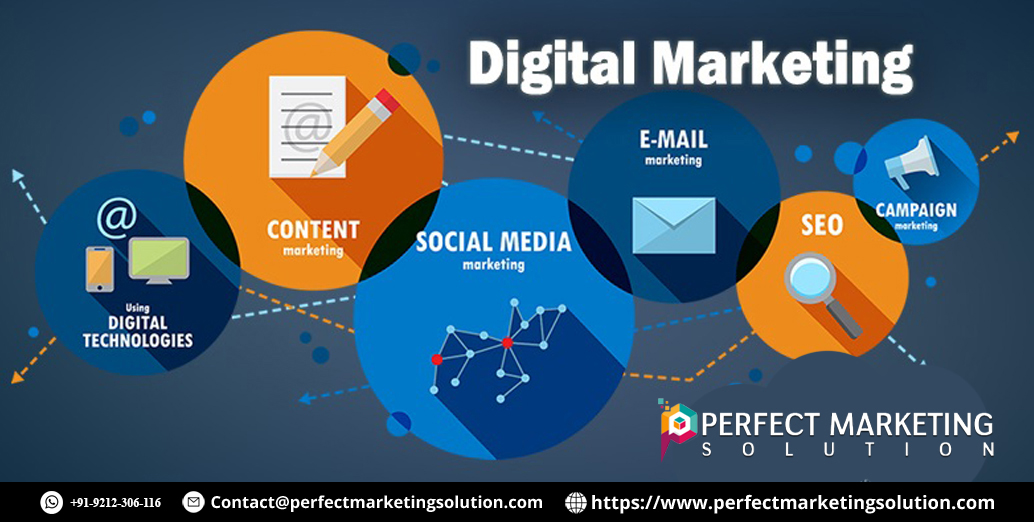Yarn Dyed Fabric vs. Printed Fabric: What’s the Difference and Why It Matters
Discover the key differences between yarn dyed fabric and printed fabric. Learn how to source premium textiles from trusted fabric suppliers in Pakistan.

Textiles play an essential role in fashion, home décor, and industrial applications, and selecting the right fabric can make or break a project. Two commonly used fabrics—yarn dyed and printed—offer unique qualities, but knowing when to choose one over the other requires an understanding of their differences.
This guide dives into the distinctions between yarn dyed and printed fabrics, covering their manufacturing processes, applications, and advantages. With insights from leading fabric suppliers in Pakistan, you’ll gain clarity on which fabric suits your needs.
What Is Yarn Dyed Fabric?
Yarn dyed fabric is created by dyeing the yarn before weaving or knitting it into fabric. This technique results in vibrant, long-lasting colors that penetrate every fiber. Key features of yarn dyed fabric include:
- Durability: The dye bonds with the yarn, ensuring that colors remain vivid even after repeated washing.
- Design Depth: Patterns, such as plaids, stripes, and checks, exhibit consistent colors and a rich texture.
- Versatility: Yarn dyed fabrics are ideal for creating both casual and formal apparel, as well as home furnishings.
- Eco-Friendly Options: Many manufacturers use low-impact dyes, making yarn dyed fabric an environmentally friendly choice.
Fun Fact: Yarn dyeing dates back to ancient times and is still a preferred method for creating timeless designs.
What Is Printed Fabric?
Printed fabric is produced by applying designs onto a pre-woven or pre-knitted fabric surface. The design is often created using techniques such as screen printing, digital printing, or block printing. Features of printed fabric include:
- Creative Freedom: Printed fabric allows for intricate and colorful designs that would be difficult to achieve with weaving alone.
- Cost-Effectiveness: Printing directly onto fabric can be more economical, especially for short production runs.
- Rapid Turnaround: Designs can be quickly adjusted, making printed fabric ideal for seasonal trends or custom projects.
- Wide Variety: From floral patterns to abstract prints, the possibilities with printed fabric are nearly endless.
Printed fabrics bring creativity to life in ways that yarn dyeing cannot
Key Differences Between Yarn Dyed and Printed Fabrics
Both yarn dyed and printed fabrics have their own unique strengths. Here’s how they differ:
|
Feature |
Yarn Dyed Fabric |
Printed Fabric |
| Process | Dyeing yarn before weaving | Printing designs on finished fabric |
| Color Penetration | Deep, consistent color throughout | Surface-level color |
| Durability | High; resistant to fading | Moderate; prone to fading |
| Patterns | Geometric and structural designs | Unlimited creative possibilities |
| Cost | Higher due to labor-intensive process | Generally more affordable |
| Applications | Shirts, formalwear, upholstery | Casualwear, fashion accessories |
Advantages of Yarn Dyed Fabric
Choosing yarn dyed fabric comes with several benefits:
- Long-Lasting Colors: The dye penetrates deeply, ensuring that colors remain vivid over time, even after heavy use and washing. This makes it ideal for durable products like upholstery.
- Rich Texture: Yarn dyed fabric often features a noticeable texture, adding a sense of luxury and craftsmanship to the material.
- Timeless Appeal: Patterns like plaids and checks created through yarn dyeing never go out of style, making them a staple in both fashion and home décor.
- Increased Strength: The process of dyeing the yarn enhances the fiber’s strength, ensuring a longer lifespan for the final product.
Advantages of Printed Fabric
Printed fabric offers its own set of compelling advantages:
- Unlimited Design Options: Whether you need intricate floral patterns or bold graphics, printed fabric can achieve almost any design. This makes it perfect for high-fashion apparel and artistic projects.
- Affordable Production: Printing on pre-woven fabric is less labor-intensive, making it cost-effective for manufacturers and designers alike.
- Quick Customization: Printed fabric allows for rapid prototyping and customization, ensuring that trends can be quickly incorporated into new collections.
- Lightweight Feel: Printing doesn’t add extra weight to the fabric, making it suitable for garments like summer dresses and scarves.
Applications of Yarn Dyed Fabric
Yarn dyed fabrics are versatile and widely used in:
- Apparel: Formal shirts, tailored suits, and uniforms often feature yarn dyed fabric for its crisp patterns and long-lasting quality.
- Home Décor: Upholstery, curtains, and table linens benefit from the durability and aesthetic appeal of yarn dyed materials.
- Bedding: Yarn dyed cotton is a popular choice for high-quality sheets and pillowcases, providing comfort and style.
Applications of Printed Fabric
Printed fabrics shine in creative and casual settings, including:
- Fashion: Dresses, skirts, and tops often utilize printed fabric for their vibrant and eye-catching designs.
- Accessories: Tote bags, scarves, and shoes with printed patterns add flair to everyday items.
- Artistic Projects: Wall hangings, banners, and custom home items make use of the versatility of printed fabrics.
Environmental Considerations
Both yarn dyed and printed fabrics have environmental impacts that are worth considering:
Yarn Dyed Fabric:
Yarn-dyed fabric involves a process that requires a significant amount of water and energy due to the dyeing procedures applied to the yarn before weaving. However, the use of organic and low-impact dyes can help reduce the overall ecological footprint, making the production process more sustainable. Additionally, modern innovations in water recycling during dyeing and the incorporation of renewable energy sources in factories are helping to further reduce the environmental burden associated with yarn-dyed fabrics. These steps not only conserve resources but also align with the growing demand for environmentally conscious manufacturing practices.
Printed Fabric:
Printed fabric, particularly when created through digital printing, minimizes waste and consumes less water compared to traditional printing methods. In recent years, the textile industry has seen a growing preference for eco-friendly inks, further promoting sustainability in fabric production. Moreover, digital printing eliminates the need for screens and extensive setup, reducing material waste. Advanced techniques also allow for precise ink application, lowering the overall consumption of dyes. This makes digital printing an attractive option for eco-conscious manufacturers striving to produce vibrant designs with minimal ecological impact.
Tip: Partnering with sustainable fabric suppliers in Pakistan ensures that you’re sourcing eco-conscious materials.
Why Choose a Yarn Dyed Fabric Supplier?
When selecting a yarn dyed fabric supplier, consider the following factors:
- Reputation: Look for suppliers with a history of delivering high-quality materials.
- Customization: The ability to create unique patterns or tailor colors to your specifications is a valuable feature.
- Sustainability: Choose suppliers committed to ethical and eco-friendly practices.
- Global Standards: Ensure the supplier meets international quality standards for yarn dyed fabric.
Yarn Dyed vs. Printed Fabric: Which Is Right for You?
The choice between yarn dyed and printed fabric often depends on your specific needs:
Go for Yarn Dyed Fabric if:
Yarn-dyed fabric is the ideal choice when durability and timeless patterns, such as plaids, are a priority. It works exceptionally well for products that will endure heavy use, including upholstery or formalwear, where strength and long-lasting appeal are essential. Additionally, yarn-dyed fabrics often provide better resistance to fading over time, ensuring that their rich patterns and colors maintain their vibrancy even after multiple washes or extended exposure to sunlight. This makes them a superior option for high-end home decor and garments requiring both style and durability.
Opt for Printed Fabric if:
Printed fabric is perfect when creativity and cost-effectiveness take precedence. It offers the flexibility needed for vibrant and intricate designs, making it a great option for fashion or artistic projects that emphasize visual appeal and variety. Moreover, printed fabrics can quickly adapt to changing trends, allowing for unique, seasonal designs without extensive manufacturing costs. This adaptability makes them highly appealing for fast fashion, customized creations, and experimental pieces where creative expression and affordability are key considerations.
Comparison Table: Sustainability
|
Aspect |
Yarn Dyed Fabric |
Printed Fabric |
| Water Usage | Higher | Lower (with digital printing) |
| Waste Generation | Moderate | Low |
| Eco-Friendly Options | Available | Available (with eco-friendly inks) |
Wrapping Up
Yarn dyed and printed fabrics each have unique qualities that make them suitable for different purposes. Yarn dyed fabrics offer durability and timeless patterns, while printed fabrics provide versatility and affordability. Whether you’re sourcing materials for industrial projects or creative endeavors, partnering with reputable fabric suppliers ensures top-tier products.
For those looking to create long-lasting designs, a trusted yarn dyed fabric will help you bring your vision to life with premium materials. Conversely, printed fabric suppliers can deliver on creativity and trendiness, making them a go-to choice for modern designs. Choose wisely to meet your specific needs and ensure the success of your projects!
What's Your Reaction?























